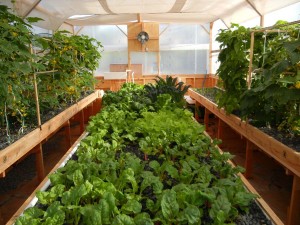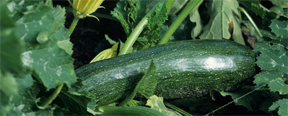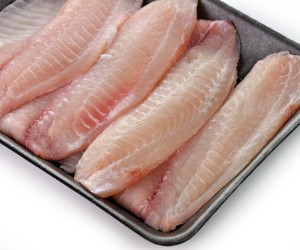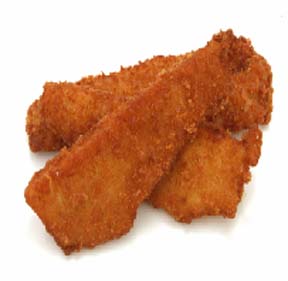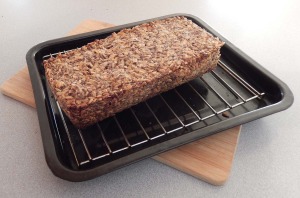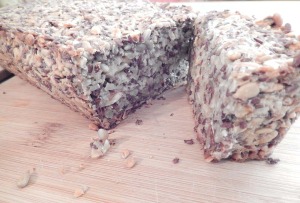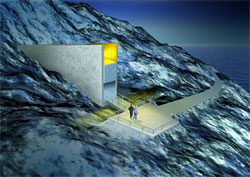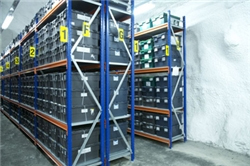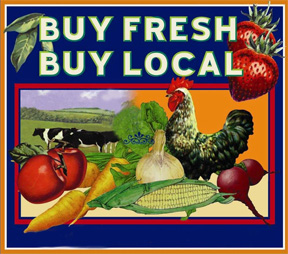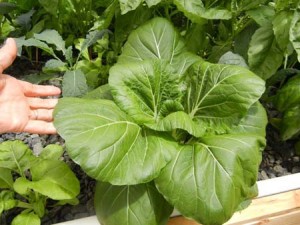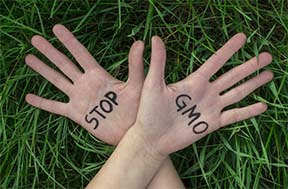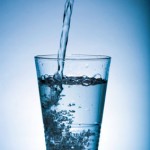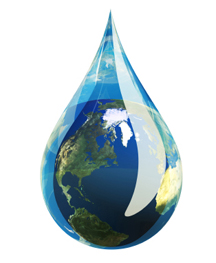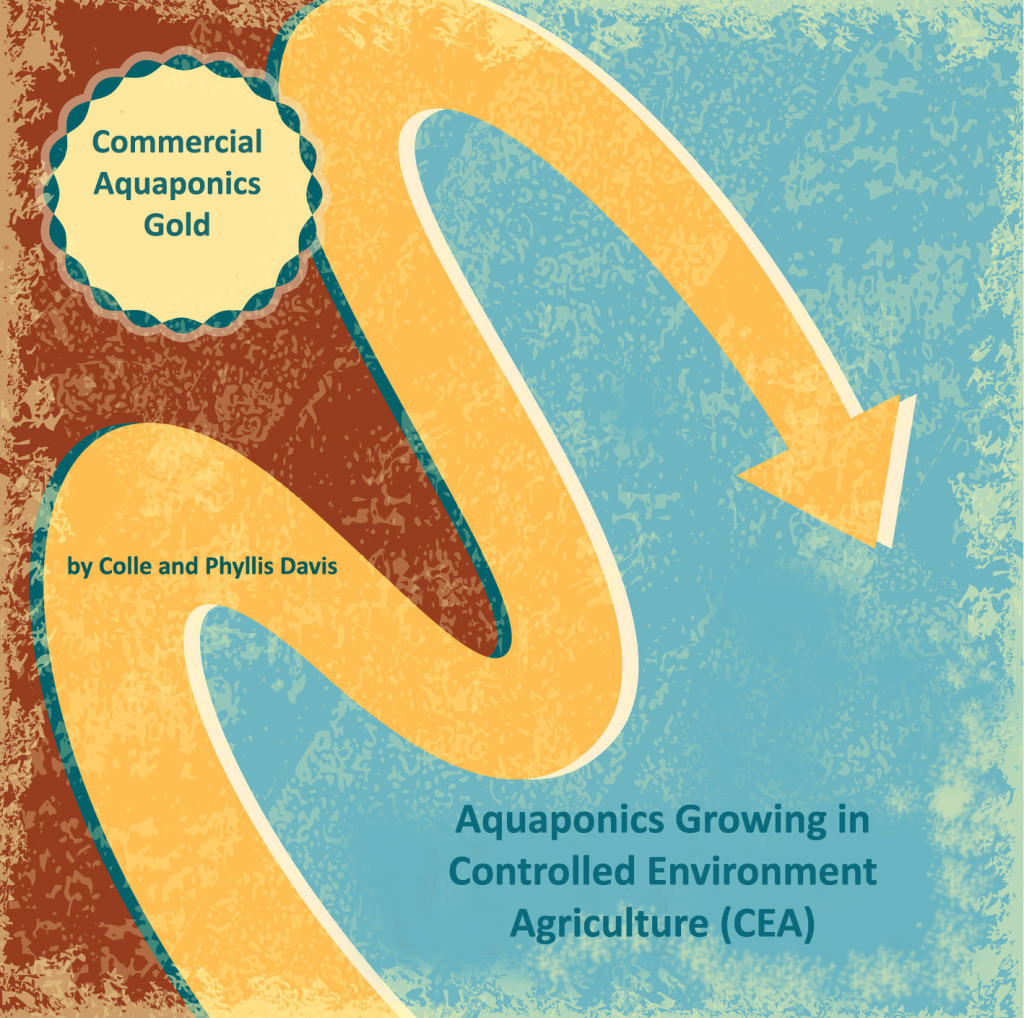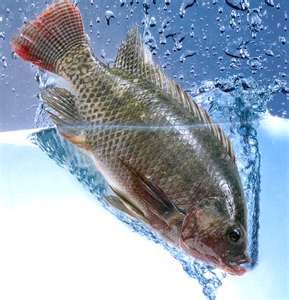 Dear Friends of Portable Farms®:
Dear Friends of Portable Farms®:
It is with great joy that we offer you this glowing endorsement (below) from Mr. J.T. Mapoka, the License Holder of Portable Farms® in the Country of Botswana Africa, regarding our Portable Farms® Aquaponics Systems’ technology in his country. J.T. Mapoka installed a 10,000 sq. ft. aquaponics system for commercial growing as well as offering to build Portable Farms for others in Botswana. He generously referred to Portable Farms® as a ‘true golden machine that produces real organic food.’ Please join us in reading his rave reviews.
If you have ever had any doubts about the success of Portable Farms® Aquaponics Systems then please take two minutes to read his endorsement and see that our technology is all we claim it to be. After that, contact us about becoming a License Holder in your area, state or country to own your own ‘true golden machine.’
– Phyllis and Colle Davis
Hi Phyllis and Colle:
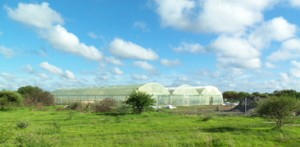 We have absolutely completed our Portable Farm in Botswana to the extent that we are already enjoying the fruits of our sweat. Guys, your technology really works, the Portable Farms Aquaponics System technology has proven itself and it is not an Internet gimmick, but a true golden machine that produces real organic food. I don’t have words for describing this fantastic and sustainable system. The vegetables and herbs that we are producing from our Portable Farms are not in any form at par with those available in the whole market in our country of Botswana including those from up-market stores for using heirloom seeds only in an aquaponic set-up we just beat them all in quality and taste. Because of this uniqueness in taste and freedom from pesticides and chemicals, we no longer source/buy our veggies and herbs elsewhere, but directly from our own farm. We proudly choose not to eat them unless they are sourced from Portable Farms. It is amazing. We have already started promoting the farm products to various outlets including restaurants, hotels, individuals, etc. and the results are positive, and we could be selling volumes soon. This goes side-by-side with the promotion of Portable Farms concept to fellow countrymen, the results are also positive in this area. What makes it even more positive now is that people can see for themselves physically the potential of aquaponics and the quality of food it can produce. I must say I have now achieved my goal, and my dream has come true. What is left is to sail to prosperity, all attributable to Colle and Phyllis. You’re so great guys! I am very proud of you. Thanks very much for your patience and continued support to get us where we are now. In Botswana Language we say “le ka moso’, meaning ‘let it be so even tomorrow.’
We have absolutely completed our Portable Farm in Botswana to the extent that we are already enjoying the fruits of our sweat. Guys, your technology really works, the Portable Farms Aquaponics System technology has proven itself and it is not an Internet gimmick, but a true golden machine that produces real organic food. I don’t have words for describing this fantastic and sustainable system. The vegetables and herbs that we are producing from our Portable Farms are not in any form at par with those available in the whole market in our country of Botswana including those from up-market stores for using heirloom seeds only in an aquaponic set-up we just beat them all in quality and taste. Because of this uniqueness in taste and freedom from pesticides and chemicals, we no longer source/buy our veggies and herbs elsewhere, but directly from our own farm. We proudly choose not to eat them unless they are sourced from Portable Farms. It is amazing. We have already started promoting the farm products to various outlets including restaurants, hotels, individuals, etc. and the results are positive, and we could be selling volumes soon. This goes side-by-side with the promotion of Portable Farms concept to fellow countrymen, the results are also positive in this area. What makes it even more positive now is that people can see for themselves physically the potential of aquaponics and the quality of food it can produce. I must say I have now achieved my goal, and my dream has come true. What is left is to sail to prosperity, all attributable to Colle and Phyllis. You’re so great guys! I am very proud of you. Thanks very much for your patience and continued support to get us where we are now. In Botswana Language we say “le ka moso’, meaning ‘let it be so even tomorrow.’
Thanks very much for shipping the FF Mineral Rock Dust consignment; it has eventually arrived after waiting in anticipation. We have already applied it to the grow-areas two weeks ago, and the farm staff tells me that there is already a difference and the plants are flourishing better than before, and they are very proud of them.
We have grown and tested quite a variety of plants, and we are confident we can grow anything for what our local markets dictate.
I hope to get a least one or more commercial farms built before the end of this year (2013), and remember my business is your business. Things have never been so positive, I think, as mentioned earlier, because the Portable Farm is in place and undoubtedly and visibly producing unmatched food products in the market.
To Phyllis, I must say, you did very well during your presentation at the inventor’s forum, I was proud to watch it on video from the net. Could I please have a copy of that presentation so that I could tailor make it for our use, because very soon I’ll be asked to make presentations as more people apply for funding to finance their own Portable Farms projects.
Our Farm is called AquaFarm (PFAS).
Thank you so much my friends, and may God Bless you for ever!
J.T. Mapoka Portable Farms Aquaponics Systems Country License Holder in the Country of Botswana, Africa


